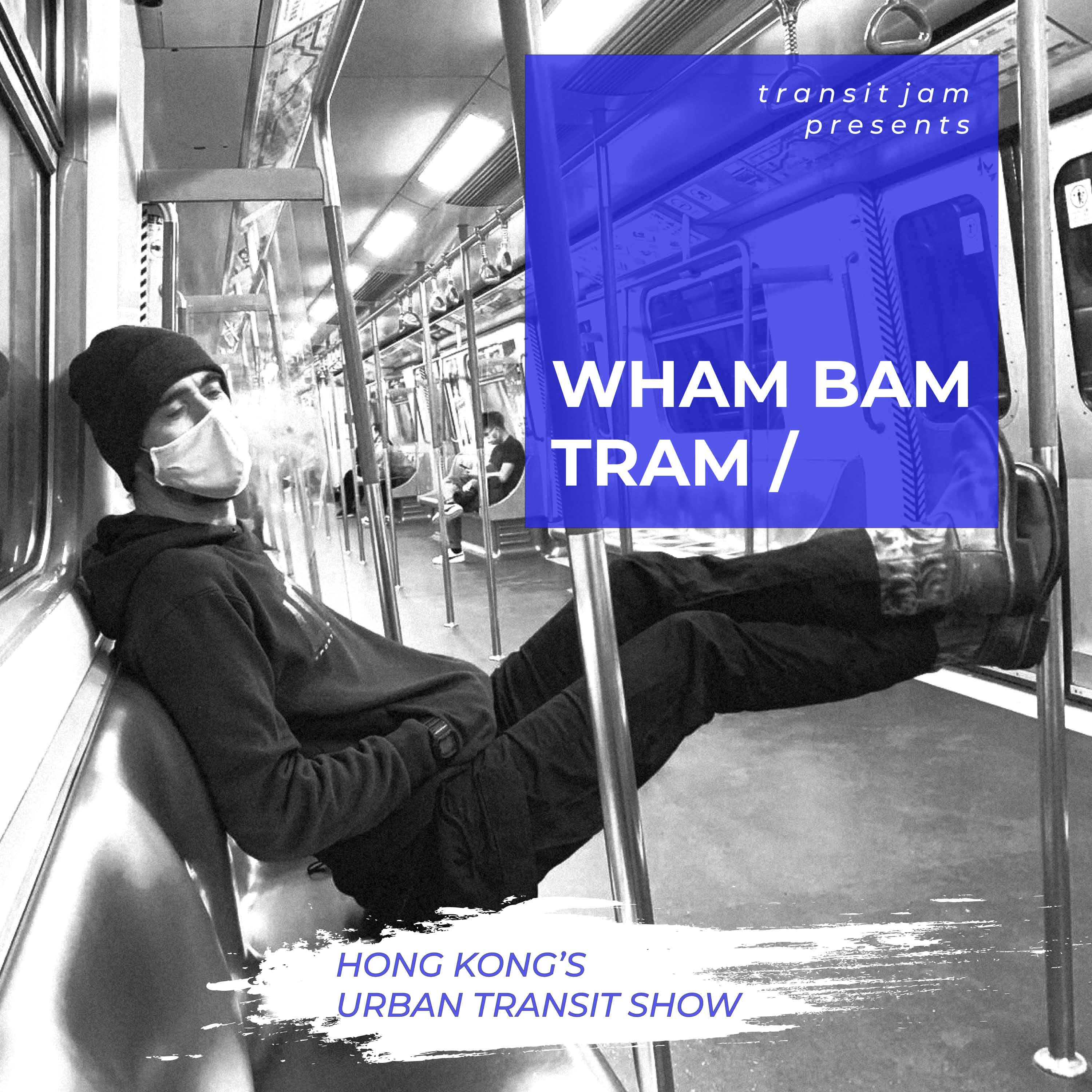
Pushing pedestrians underground is not good for public health
Yesterday we met some friends for some fresh air around the Peak. To reach Mount Austin Playground, we needed to squeeze through crowds of hundreds of masked people sharing a sidewalk barely two feet wide, against a fast 16-foot road.
This is a good example on the problem of overcrowding in Hong Kong, because this area is not short on space: it’s a broad hillside with great potential for “social distancing” without the depression of “social isolation”.
But motor vehicles are assigned a disproportionate amount of that space, squeezing people into close contact on the side of the road. Pedestrians dare not breach into the road, as cars barrel along at high speed and drivers react aggressively to encroachments on “their” space.
In many cases, removing lanes of illegal and double parking would create a much wider space for people. But the government seems reluctant to take away the free parking for the 13% of Hong Kongers who have access to a car and instead, we see new “walkability” solutions spreading like kudzu.
Walkability serves only builders
City planners have been squeezing people off public roads for over a century. In 1916, Robert Wheelwright wrote about the “Pedestrian Traffic Problem” in New York City – pedestrians are slow, he wrote, they merely walk where they please, they don’t follow the rules and they have no patience. “This is objectionable,” wrote Wheelwright, concluding pedestrians must be separated from traffic.
104 years later, Hong Kong still takes the same attitude.

A proposed underground Kowloon Park entrance – presently a wide open space
We have the government proposing to destroy Kowloon Park, to push us into underground malls and walkways away from crowded streets on Tsim Sha Tsui, ignoring the fact that its the six lanes of vehicles and unchecked vehicle growth which are causing the overcrowding.
We see the destruction of pedestrian crossings and the creation of narrow bridges and lifts – a new bridge project in Sham Shui Po announced this week flies in the face of years of walkability public consultation and breaks Transport Department promises to “put pedestrians first”. These bridges push crowds together into deadly slow, cramped lifts just to cross a road. They also take years to build, creating pedestrian misery and danger in the meantime.

Forcing pedestrians into lifts doesn’t seem like a good public health move in times of epidemics and “social distancing”
Crowding people into tunnels and walkways is basically 19th century urban planning – but in light of the latest coronavirus outbreak, and future epidemics, it’s also become a public health issue.
Time for daylighting
There’s a technical term in tactical urbanism, “daylighting”, which, in the context of road safety, means removing certain parking spaces to improve visibility at a dangerous junction.
But we can apply it to our pedestrian crowds – to daylight a crowd would be to spread it out, to not force people into close contact in these cramped elevators, underground passageways, unhealthy strip-lit malls (where only the rich are allowed into the actual shops, three at a time), but to instead reclaim the daylight ground for people, introduce some daylight above us and between us.
We have the space to achieve this daylighting, but it requires a multi-department effort and fresh thinking around motor vehicle space.
The government has been “napping” its way towards a car crisis, as transport consultant Alok Jain had it on Twitter this week; Hong Kongers drove 1.5 billion kilometres more in 2018 than they did in 2012, despite a government pledge to promote public transport as the key strategy transport in the city.
But the epidemic could be a lever to force a harsh reappraisal of our land use – with “social distancing” an actual government policy, let’s address how we could achieve that, how daylighting a crowd could wrestle “walkability” from the hands of bridge-and-tunnel builders and transform it into a genuinely effective public health policy.
Credit: Thanks to Divya for the inspiration for this story!





